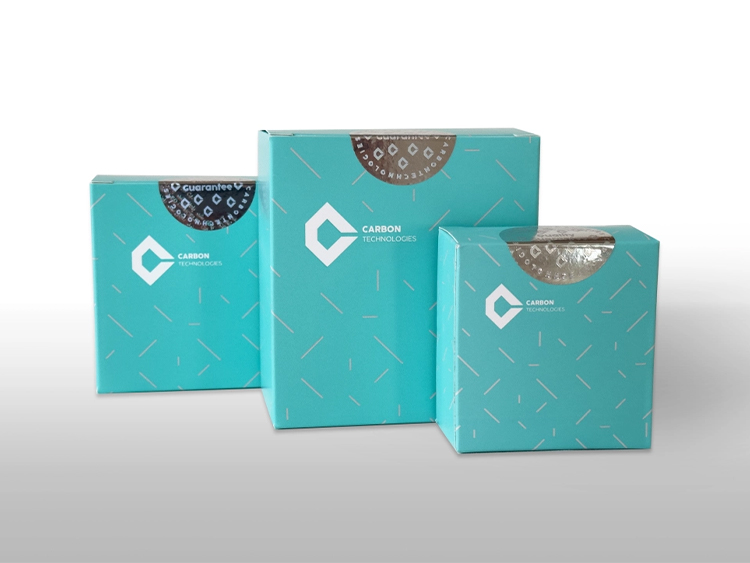Description
Product Specifications
COA
IFU
Instrument
Description
Prolactin (PRL) is a protein hormone of the anterior pituitary gland that was originally named for its ability to promote lactation in response to the suckling stimulus of hungry young mammals. It is one of a family of related hormones including growth hormone (GH) and placental lactogen (PL) that a single-chain polypeptide hormone with molecular weight of approximately 22,000 Daltons, secreted by the hypothalamus. The increased level of prolactin hormone is mainly seen during pregnancy, stress, physical activities, breast stimulation and in nursing mothers. The decreased level of prolactin hormone is mainly because of hypopituitarism. The main disorders caused by the prolactin hormone are hyperprolactinaemia and hypoprolactinaemia. Determination of PRL is used for diagnosis and monitoring of pituitary adenoma, hypothalamic disease, hyperprolactinemia disease, monitor the prolactin-producing tumors, and causes of infertility in both males and females.
Product Specifications
Intended Use
Prolactin Assay Kit is a chemiluminescent microparticle immunoassay (CMIA) for the quantitative determination of Prolactin (PRL) in human serum and plasma. The assay kit is intended for in vitro diagnostic use.
Principle
The Prolactin assay is a quantitative sandwich immunoassay to determine the presence of PRL in human serum and plasma using CMIA technology with flexible assay protocols.
- Sample, and paramagnetic anti-PRL coated microparticles are mixed, PRL present in the sample binds to anti-PRL coated microparticles, forming an antigen antibody complex.
- After incubation, a conjugate containing acridinium-labeled anti-PRL is added to the reaction mixture and binds to unoccupied binding sites of the anti-PRL coated microparticles.
- After further incubation and washing, Pre-Trigger and Trigger Solutions are added to the reaction mixture.
- The resulting chemiluminescent reaction is measured as relative light units (RLUs). There is a relationship between the amount of PRL in the sample and the RLUs detected by the optical system. Results are calculated automatically based on the previously established calibration curve.
Storage
The kit should be stored upright, not upside down or horizontally. Store at 2–8°C with a validity period of 12 months.
COA
IFU
Instrument
